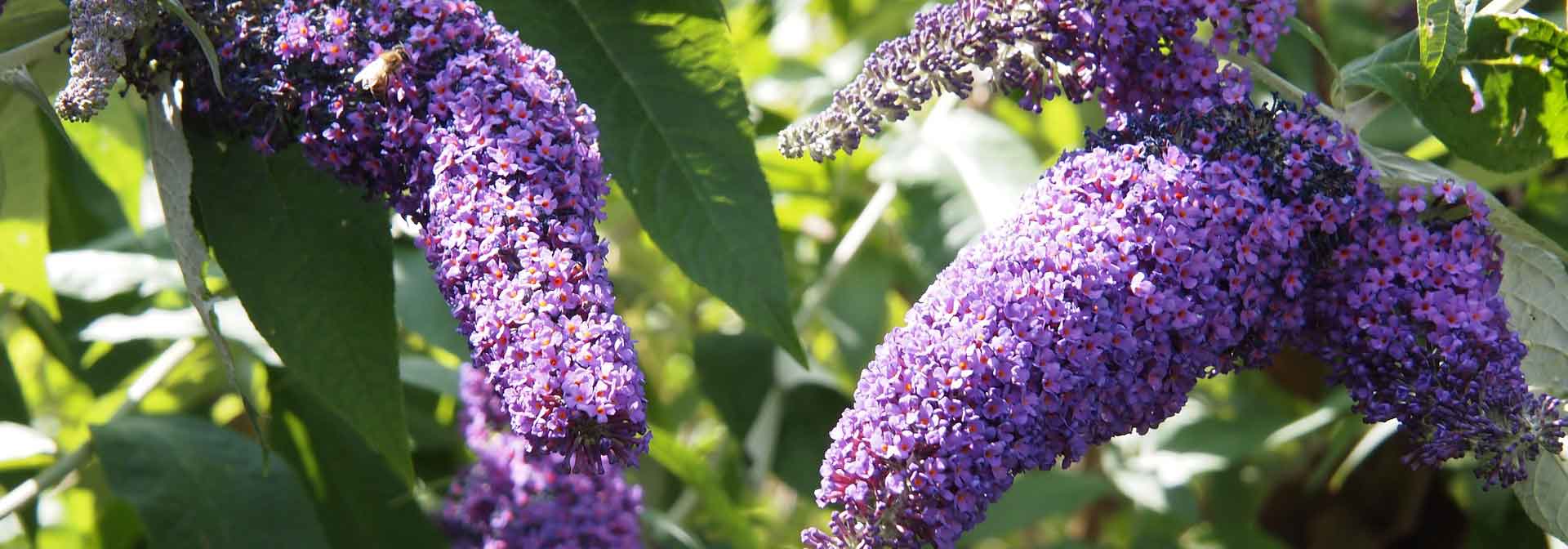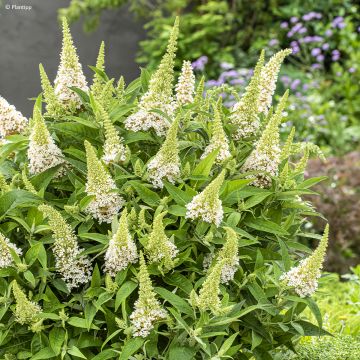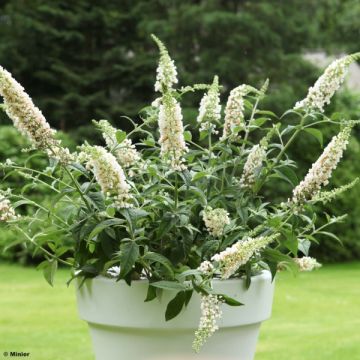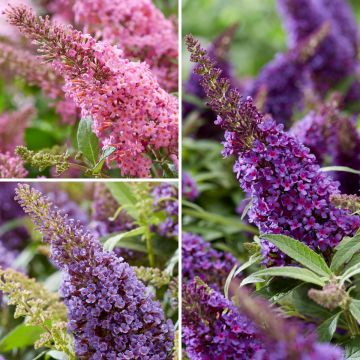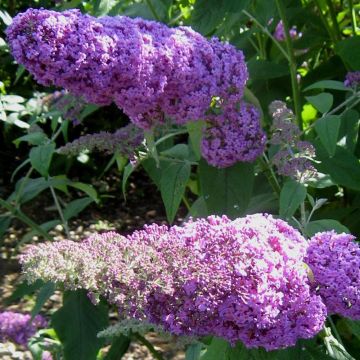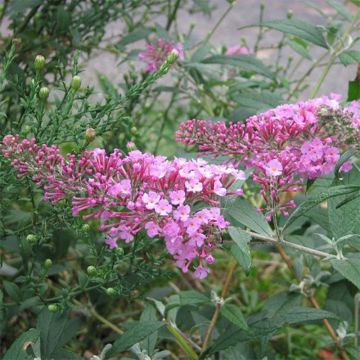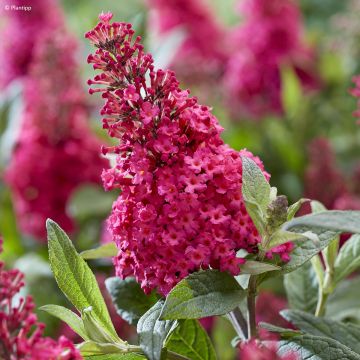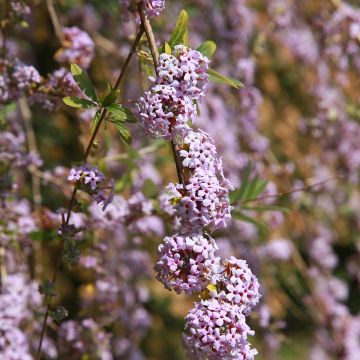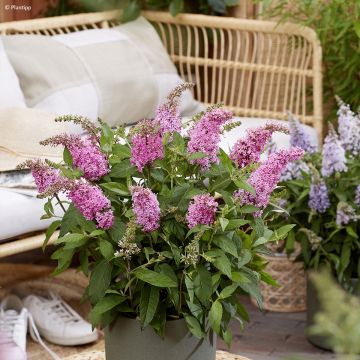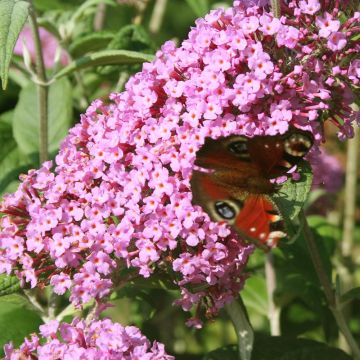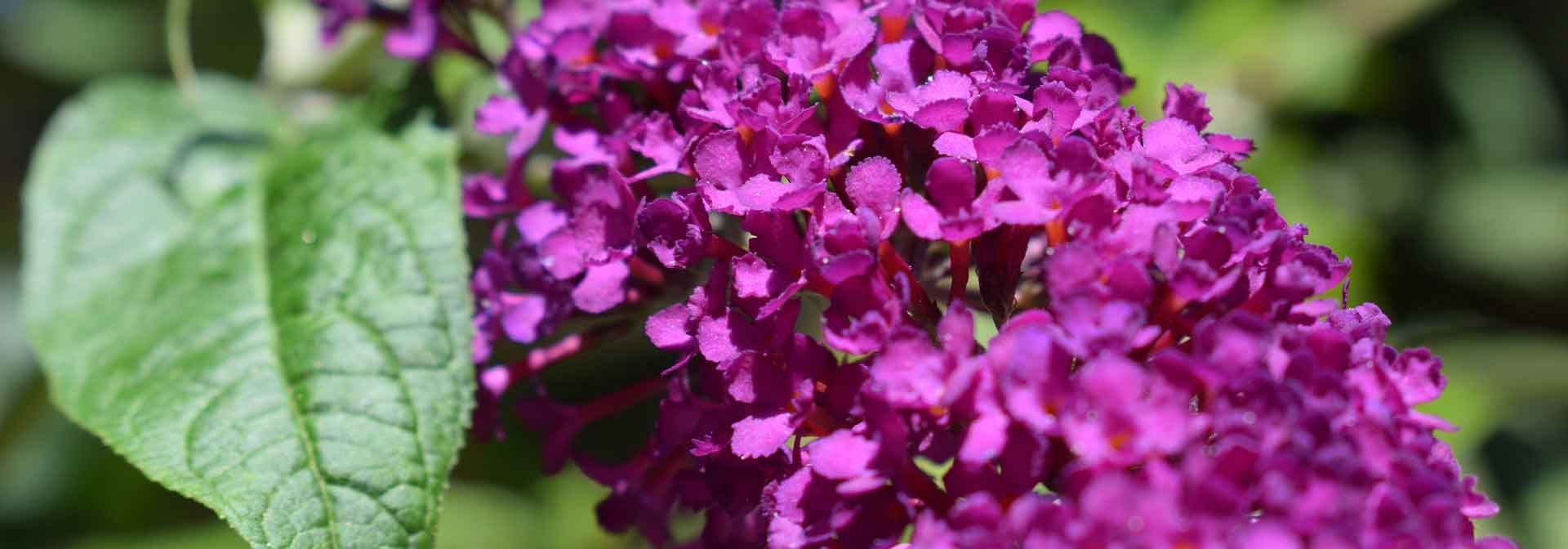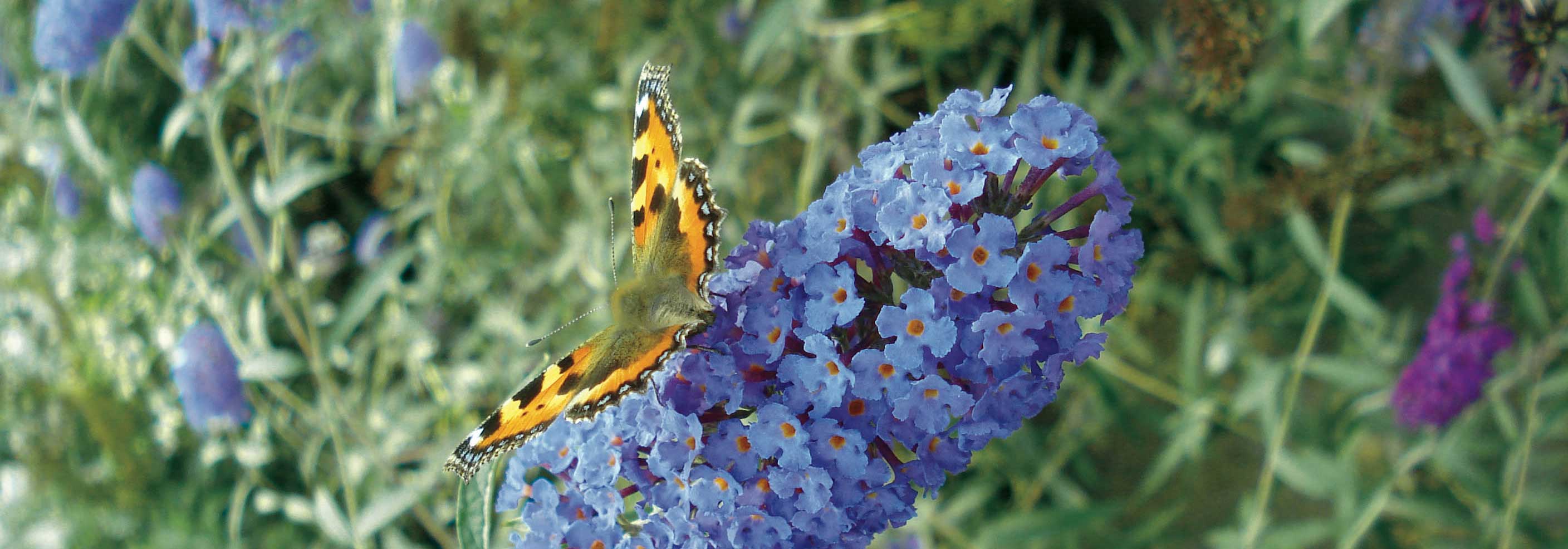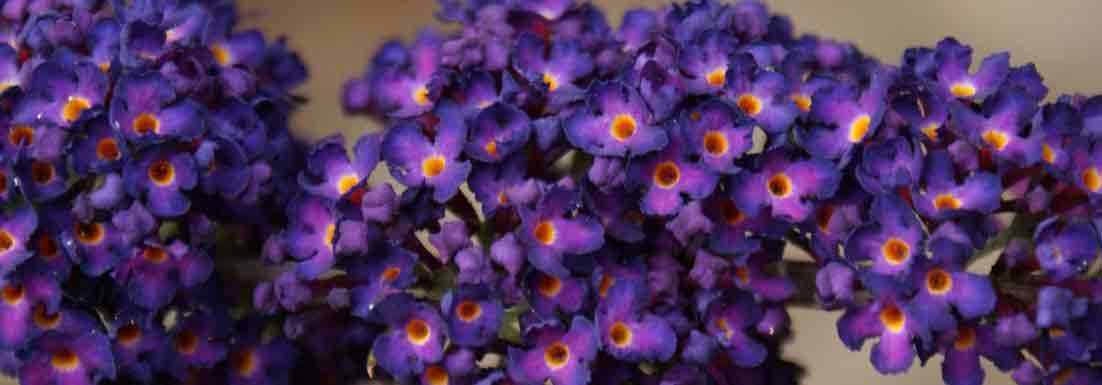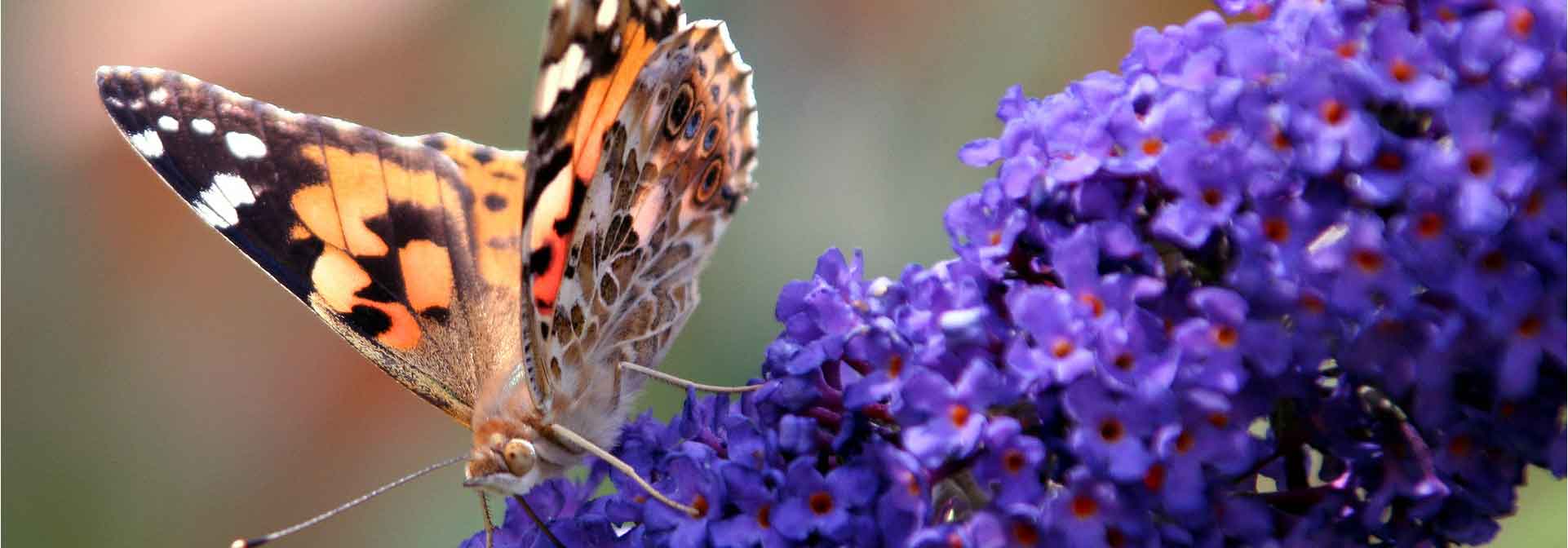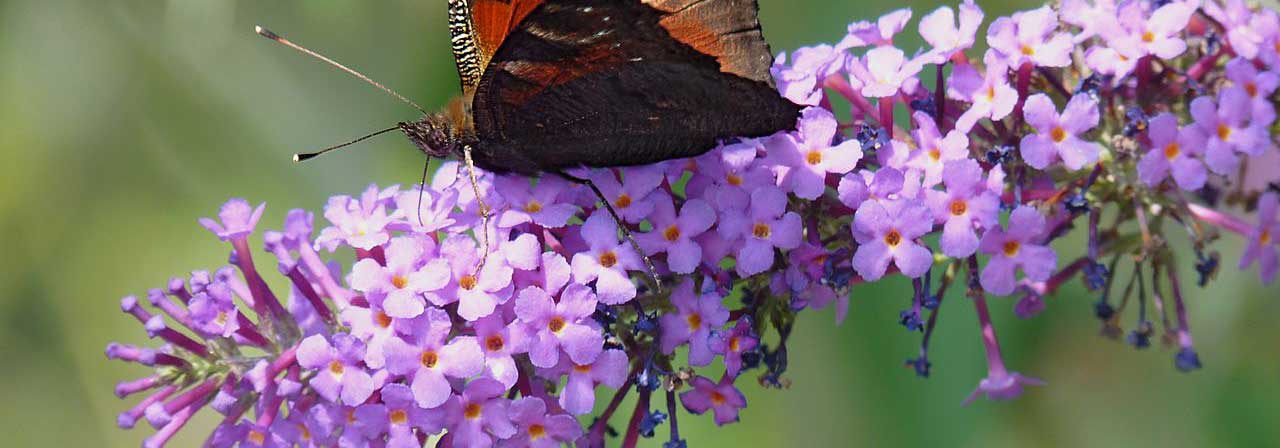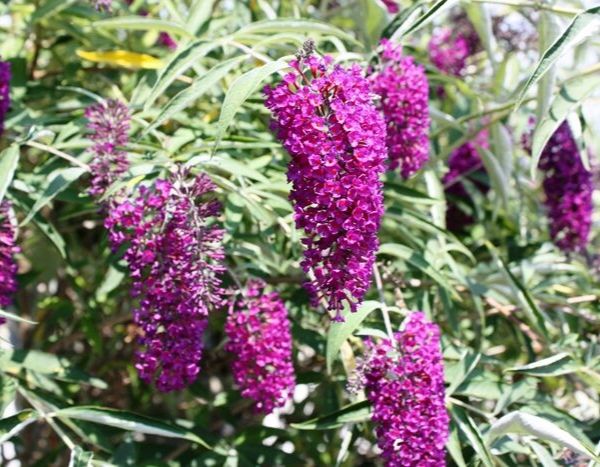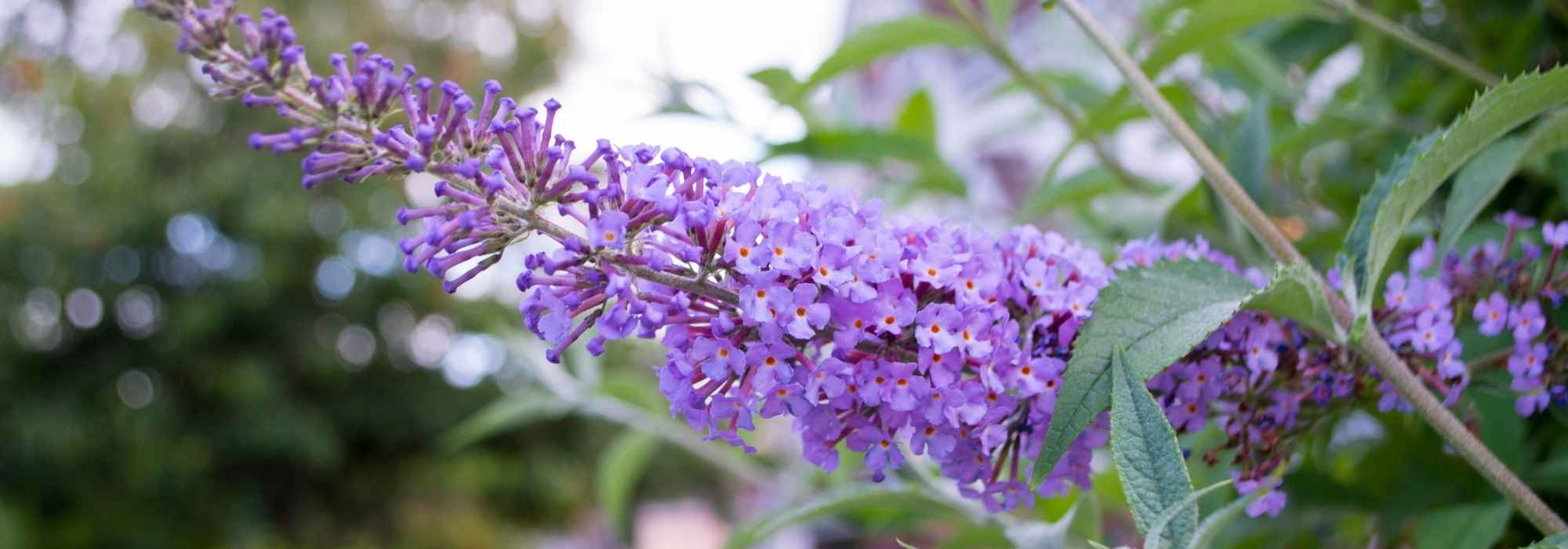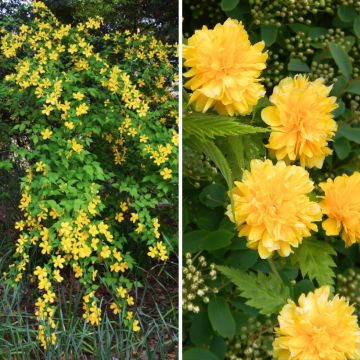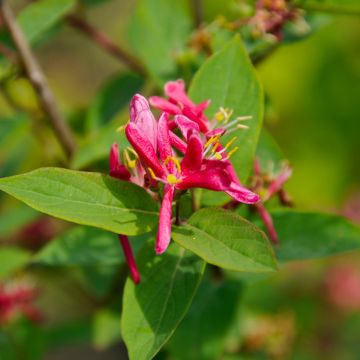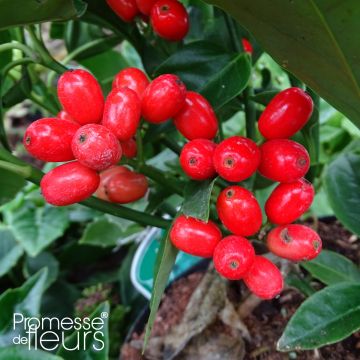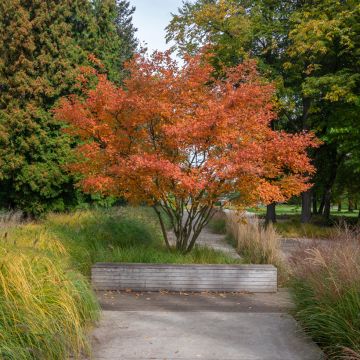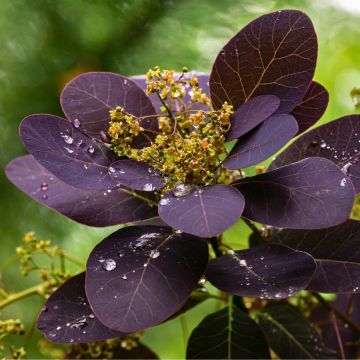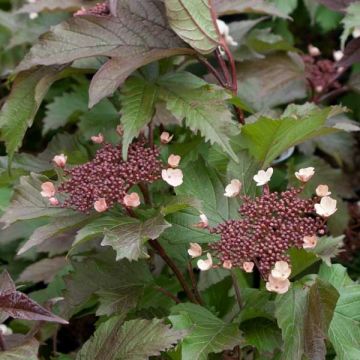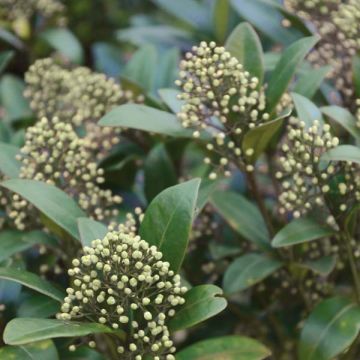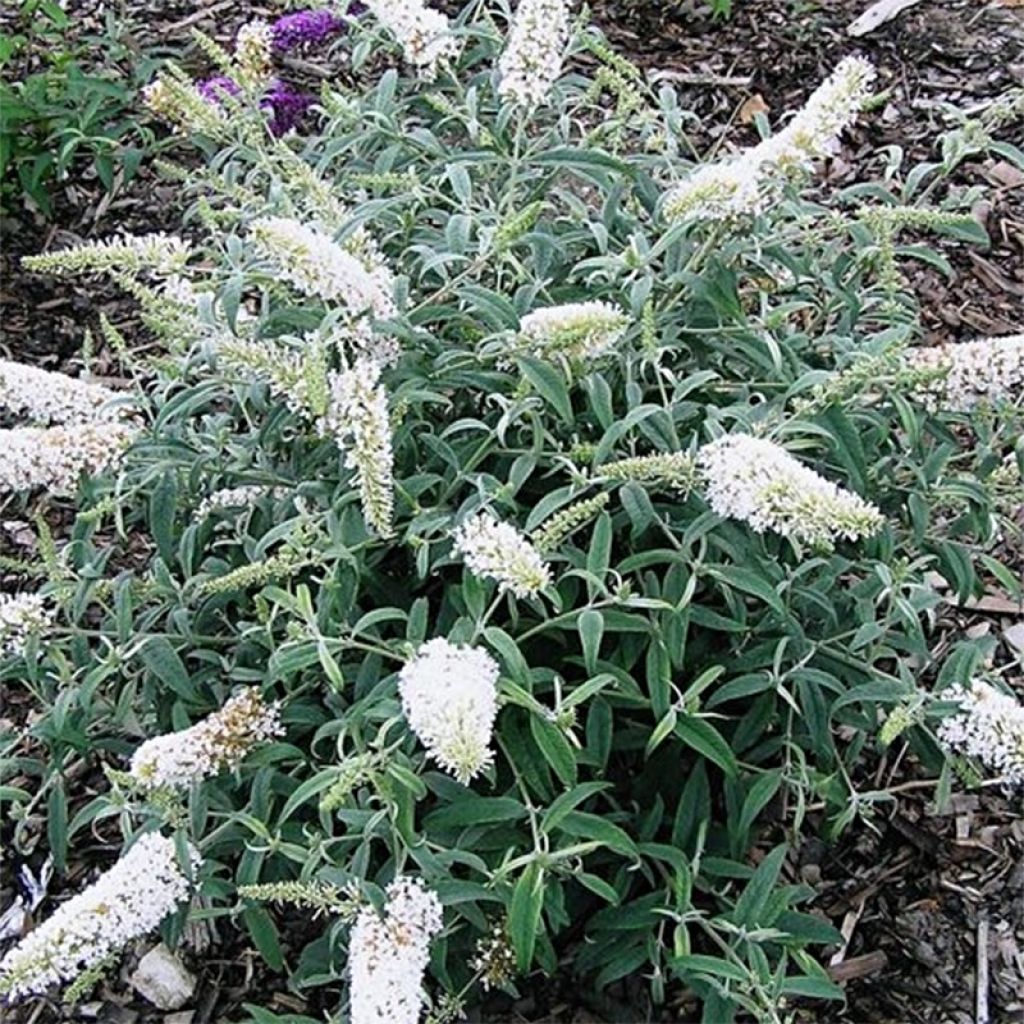

Buddleja davidii White Ball - Butterfly Bush
Buddleja davidii White Ball - Butterfly Bush
Buddleja x davidii White Ball
Butterfly Bush, Summer Lilac
Beautiful bush, compact, with stunning silver foliage, and very pure white flowers.
Rosa, 19/06/2020
Special offer!
Receive a €20 voucher for any order over €90 (excluding delivery costs, credit notes, and plastic-free options)!
1- Add your favorite plants to your cart.
2- Once you have reached €90, confirm your order (you can even choose the delivery date!).
3- As soon as your order is shipped, you will receive an email containing your voucher code, valid for 3 months (90 days).
Your voucher is unique and can only be used once, for any order with a minimum value of €20, excluding delivery costs.
Can be combined with other current offers, non-divisible and non-refundable.
Home or relay delivery (depending on size and destination)
Schedule delivery date,
and select date in basket
This plant carries a 24 months recovery warranty
More information
We guarantee the quality of our plants for a full growing cycle, and will replace at our expense any plant that fails to recover under normal climatic and planting conditions.

Would this plant suit my garden?
Set up your Plantfit profile →
Description
Buddleia davidii 'White Ball' is a new variety of butterfly bush, with a compact and gracefully open habit, ideal for small spaces. This bush offers snowy white panicles in summer, shorter than those of other varieties. Its countless small white flowers with yellow hearts, gathered in dense clusters, emerge from beautiful silver-green foliage. The sweet fragrance of the flowers attracts many butterflies. This sterile variety is not invasive and its modest size is particularly suited to small spaces and perennial beds.
Buddleia davidii 'White Ball' is a deciduous bush with a spreading and compact habit, belonging to the Scrophulariaceae (buddleja) family. This recent hybrid is derived from David's buddleia, also known as Father David's buddleia or Changing buddleia, a robust Chinese species that has become invasive in our climate. 'White Ball' does not produce seeds. This bush will reach about 1.2 m (3.9 ft) in height and 1.5 m to 2 m (4.9 ft to 6.6 ft) in width. It produces stout and arching branches that give it a lovely bushy habit. It grows rapidly and blooms from July to September, producing an abundance of dense panicles of flowers measuring 15 cm to 25 cm (5.9 in to 9.8 in) long. These flowers are white with a yellow eye and release a sweet scent, highly sought after by pollinating insects (meaning they contain substances collected by pollinating insects that will be transformed into honey). The highly ornamental foliage of this butterfly tree is composed of long silver-green leaves, with a grey downy underside. The leaves, 12 cm to 20 cm (4.7 in to 7.9 in) long, are pointed and lanceolate. This hardy bush is highly resistant to urban pollution and does not suffer from occasional drought in deep soil.
Whether planted alone or in a group, in a hedge or at the back of a perennial bed, Buddleia davidii 'White Ball' will enhance the garden. Its subtly silver-toned foliage will highlight red roses or the colourful panicles of summer lilacs. You can also plant it in a small, free-form hedge to separate themed areas in the garden. It adapts well to coastal areas and can be grown in large pots. Its fragrant flowers are also beautiful in bouquets. You can pair this white buddleia with yellow or orange-flowering shrubby cinquefoils or daylilies for an elegant contrast.
Buddleja davidii White Ball - Butterfly Bush in pictures
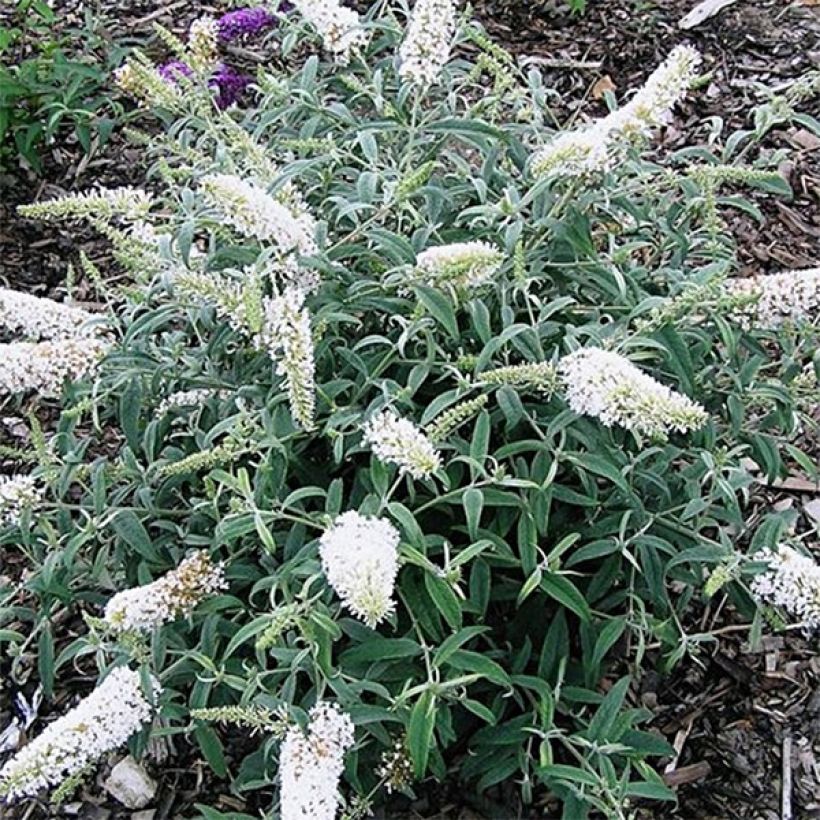



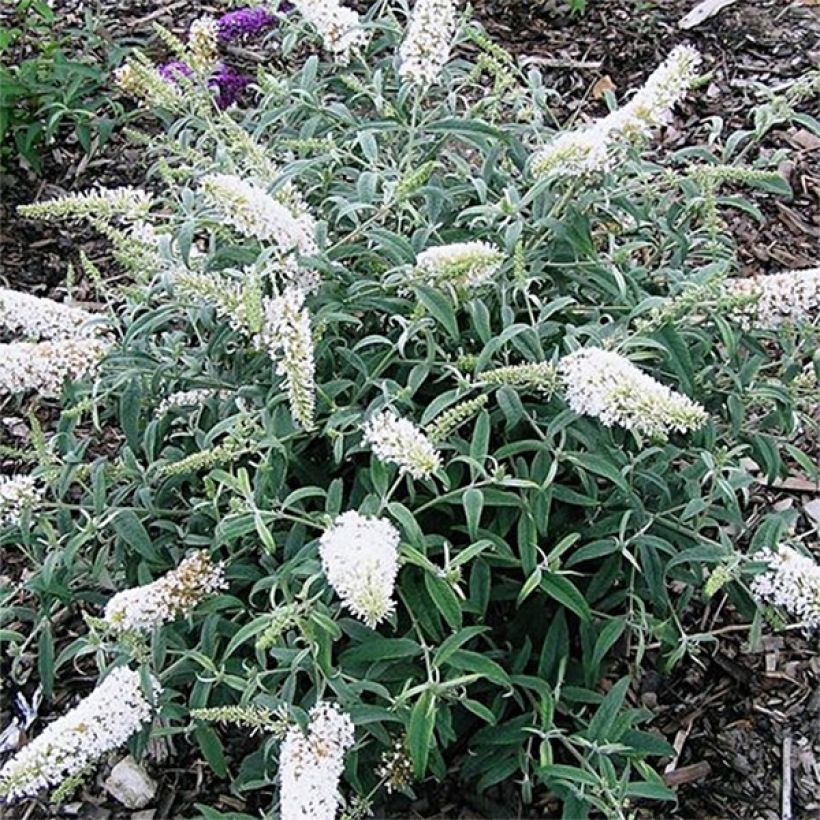

Plant habit
Flowering
Foliage
Botanical data
Buddleja
x davidii
White Ball
Buddlejaceae
Butterfly Bush, Summer Lilac
Cultivar or hybrid
Other Buddleja -Butterfly bush
View all →Planting and care
Buddleia davidii 'White Ball' is easy to grow, as it is a low-maintenance plant. It enjoys sunny spots, but also flowers in partial shade. Plant it in spring or early autumn, in ordinary soil, even chalky and mediocre, but well-worked and well-drained. Once well established, the plant can withstand periods of moderate drought. David's buddleia has no significant enemies. However, be careful of caterpillars, weevils, bugs, and red spider mites that can invade it. Pruning vigorously after flowering and/or in early spring keeps the habit ramified and compact and encourages the bush to produce numerous flowers.
Planting period
Intended location
Care
Planting & care advice
-
, onOrder confirmed
Reply from on Promesse de fleurs
Similar products
Haven't found what you were looking for?
Hardiness is the lowest winter temperature a plant can endure without suffering serious damage or even dying. However, hardiness is affected by location (a sheltered area, such as a patio), protection (winter cover) and soil type (hardiness is improved by well-drained soil).

Photo Sharing Terms & Conditions
In order to encourage gardeners to interact and share their experiences, Promesse de fleurs offers various media enabling content to be uploaded onto its Site - in particular via the ‘Photo sharing’ module.
The User agrees to refrain from:
- Posting any content that is illegal, prejudicial, insulting, racist, inciteful to hatred, revisionist, contrary to public decency, that infringes on privacy or on the privacy rights of third parties, in particular the publicity rights of persons and goods, intellectual property rights, or the right to privacy.
- Submitting content on behalf of a third party;
- Impersonate the identity of a third party and/or publish any personal information about a third party;
In general, the User undertakes to refrain from any unethical behaviour.
All Content (in particular text, comments, files, images, photos, videos, creative works, etc.), which may be subject to property or intellectual property rights, image or other private rights, shall remain the property of the User, subject to the limited rights granted by the terms of the licence granted by Promesse de fleurs as stated below. Users are at liberty to publish or not to publish such Content on the Site, notably via the ‘Photo Sharing’ facility, and accept that this Content shall be made public and freely accessible, notably on the Internet.
Users further acknowledge, undertake to have ,and guarantee that they hold all necessary rights and permissions to publish such material on the Site, in particular with regard to the legislation in force pertaining to any privacy, property, intellectual property, image, or contractual rights, or rights of any other nature. By publishing such Content on the Site, Users acknowledge accepting full liability as publishers of the Content within the meaning of the law, and grant Promesse de fleurs, free of charge, an inclusive, worldwide licence for the said Content for the entire duration of its publication, including all reproduction, representation, up/downloading, displaying, performing, transmission, and storage rights.
Users also grant permission for their name to be linked to the Content and accept that this link may not always be made available.
By engaging in posting material, Users consent to their Content becoming automatically accessible on the Internet, in particular on other sites and/or blogs and/or web pages of the Promesse de fleurs site, including in particular social pages and the Promesse de fleurs catalogue.
Users may secure the removal of entrusted content free of charge by issuing a simple request via our contact form.
The flowering period indicated on our website applies to countries and regions located in USDA zone 8 (France, the United Kingdom, Ireland, the Netherlands, etc.)
It will vary according to where you live:
- In zones 9 to 10 (Italy, Spain, Greece, etc.), flowering will occur about 2 to 4 weeks earlier.
- In zones 6 to 7 (Germany, Poland, Slovenia, and lower mountainous regions), flowering will be delayed by 2 to 3 weeks.
- In zone 5 (Central Europe, Scandinavia), blooming will be delayed by 3 to 5 weeks.
In temperate climates, pruning of spring-flowering shrubs (forsythia, spireas, etc.) should be done just after flowering.
Pruning of summer-flowering shrubs (Indian Lilac, Perovskia, etc.) can be done in winter or spring.
In cold regions as well as with frost-sensitive plants, avoid pruning too early when severe frosts may still occur.
The planting period indicated on our website applies to countries and regions located in USDA zone 8 (France, United Kingdom, Ireland, Netherlands).
It will vary according to where you live:
- In Mediterranean zones (Marseille, Madrid, Milan, etc.), autumn and winter are the best planting periods.
- In continental zones (Strasbourg, Munich, Vienna, etc.), delay planting by 2 to 3 weeks in spring and bring it forward by 2 to 4 weeks in autumn.
- In mountainous regions (the Alps, Pyrenees, Carpathians, etc.), it is best to plant in late spring (May-June) or late summer (August-September).
The harvesting period indicated on our website applies to countries and regions in USDA zone 8 (France, England, Ireland, the Netherlands).
In colder areas (Scandinavia, Poland, Austria...) fruit and vegetable harvests are likely to be delayed by 3-4 weeks.
In warmer areas (Italy, Spain, Greece, etc.), harvesting will probably take place earlier, depending on weather conditions.
The sowing periods indicated on our website apply to countries and regions within USDA Zone 8 (France, UK, Ireland, Netherlands).
In colder areas (Scandinavia, Poland, Austria...), delay any outdoor sowing by 3-4 weeks, or sow under glass.
In warmer climes (Italy, Spain, Greece, etc.), bring outdoor sowing forward by a few weeks.






























